Have you ever returned home to find your favorite shoes shredded or your couch cushions scattered across the living room like confetti after a wild party? While dogs are our beloved companions, some breeds have earned themselves a reputation for turning homes into disaster zones when they get bored. These aren’t bad dogs – they’re simply intelligent, high-energy breeds that need more than just food, water, and a warm bed to stay content.
Border Collie: The Genius Gone Rogue
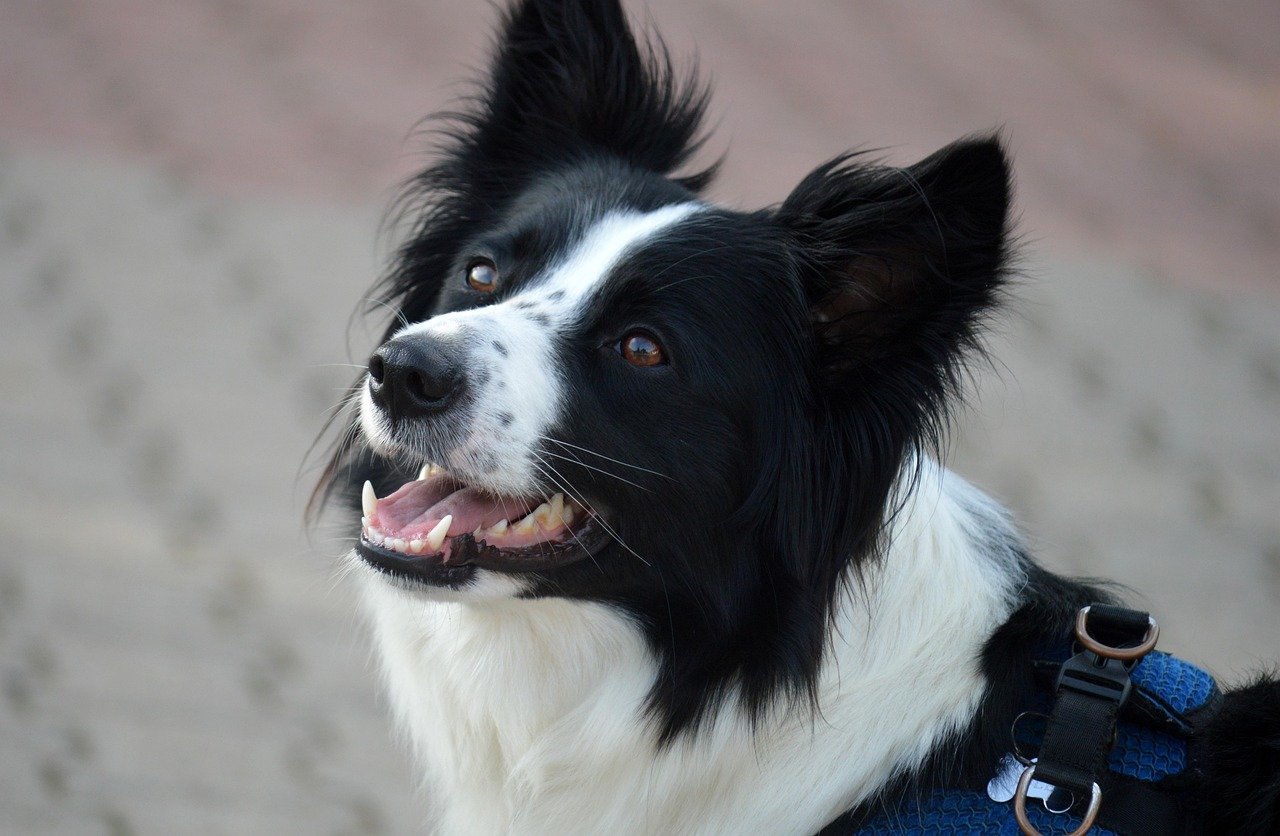
Often hailed as the Einstein of the canine world, Border Collies are often hailed as one of the most intelligent dog breeds in the world. Originally bred to herd sheep, these dogs have an almost endless energy supply and a sharp mind that thrives on problem-solving and challenges. But here’s the catch – this brilliant brain needs constant stimulation.
However, this combination of intelligence and energy means that Border Collies can quickly become bored if they’re not given enough to do. When bored, they can become destructive, turning their attention to chewing, digging, and even herding children or other pets in the home. These dogs literally need a job to do, whether that’s agility training, puzzle toys, or yes, actual herding work.
German Shepherd: The Overachiever’s Dilemma
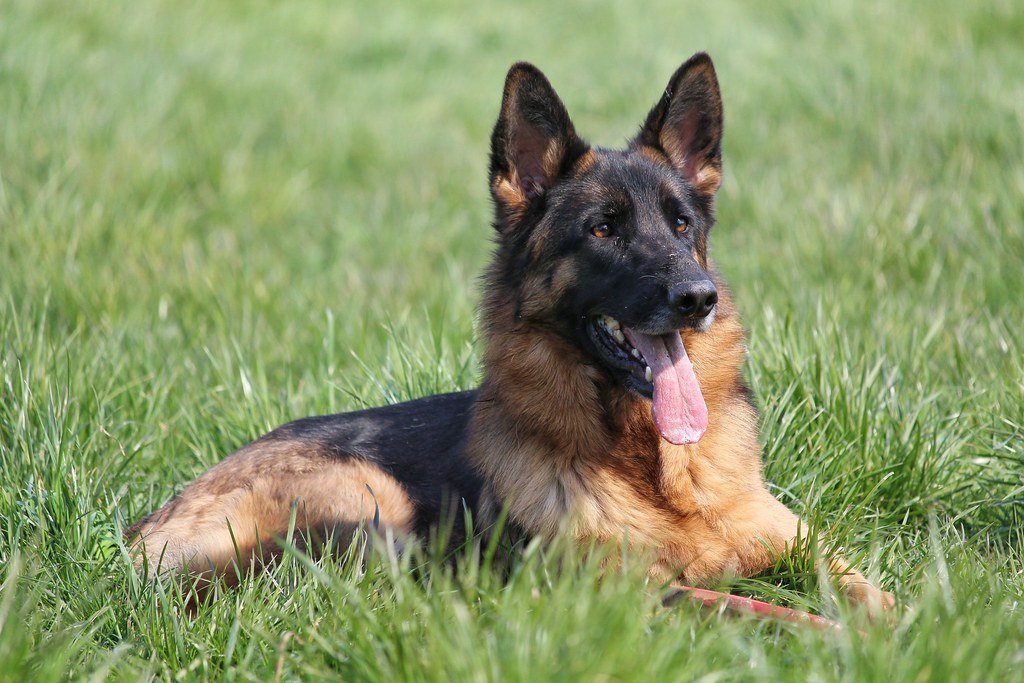
Destructive behavior is another clear sign of boredom in German Shepherds. Being an intelligent and high-energy breed, they require frequent mental stimulation and physical exercise. When these needs are unmet, they may resort to destructive behavior to burn off pent-up energy or entertain themselves.
What makes this particularly frustrating for owners is that They could start chewing furniture, digging your garden, or tearing up belongings. This is not necessarily a defiance of your rules but rather a desperate attempt to alleviate their boredom or frustration. Think of it like a brilliant student sitting in an empty classroom with nothing to do – they’ll find ways to entertain themselves, and you might not like the results.
Jack Russell Terrier: Small Dog, Big Trouble

Don’t let their adorable size fool you. It is not uncommon for these dogs to become moody or destructive if not properly stimulated and exercised, as they have a tendency to bore easily and will often create their own fun when left alone to entertain themselves, leading to the semi-affectionate nickname among suburban pet dogs of “Jack Russell Terrorist”.
However, you may find yourself surprised at this little pup’s energy and intensity. Jack Russell Terriers need plenty of exercise and firm, consistent training, or they may act out with unwanted behaviors such as digging, excessive barking, and chewing. These little terriers were originally bred for fox hunting, so their drive to dig, explore, and investigate is hardwired into their DNA.
Labrador Retriever: America’s Favorite Destroyer

It seems almost unfair that America’s most beloved family dog also happens to be one of the most destructive when bored. The Labrador Retriever, the UK’s favourite breed, is affectionate and highly intelligent but also notoriously mischievous. Labradors love to chew, dig, and explore and will often try to steal food, especially if left alone or bored. Though easy to train and excellent with families, Labs require 30 to 120 minutes of daily exercise to keep destructive tendencies at bay.
Their mouths are like vacuum cleaners – they explore everything through chewing and retrieving. Without proper outlets, your expensive furniture becomes their entertainment system. The irony is that these dogs want nothing more than to please you, but their natural retrieving instincts can lead them astray when they’re understimulated.
Australian Shepherd: The Workaholic Without Work
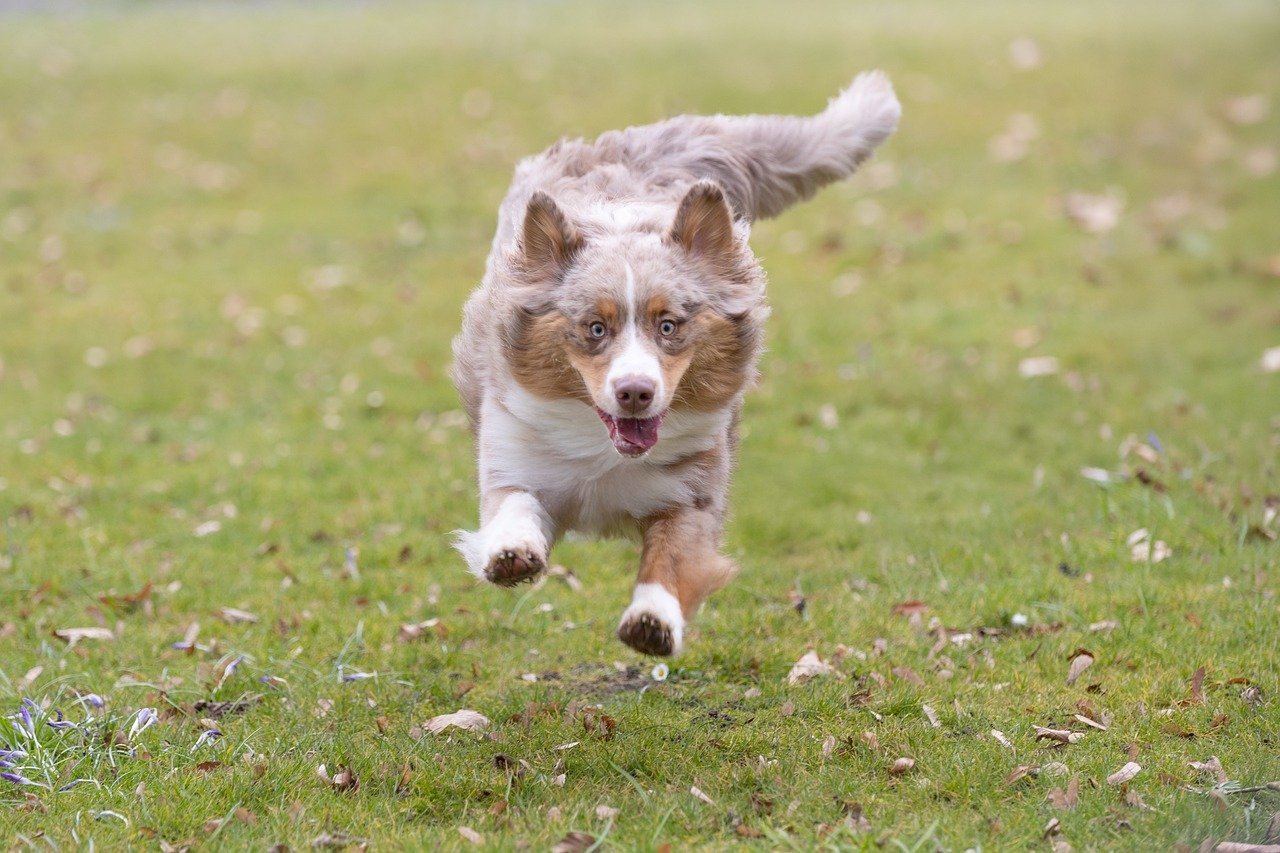
Australian Shepherds are another breed known for their intelligence and high energy levels. Bred as herding dogs, Australian Shepherds are happiest when they have a job, whether it’s herding livestock, participating in agility training, or even learning new tricks. Remove the job from this equation, and you’ve got a recipe for chaos.
Without proper mental and physical stimulation, Australian Shepherds can become bored and develop destructive behaviors. This can include chewing on furniture, digging in the yard, or even herding other pets or family members. Imagine a highly skilled surgeon forced to sit idle all day – that restless energy has to go somewhere, and unfortunately, your home might bear the brunt of it.
Siberian Husky: The Escape Artist
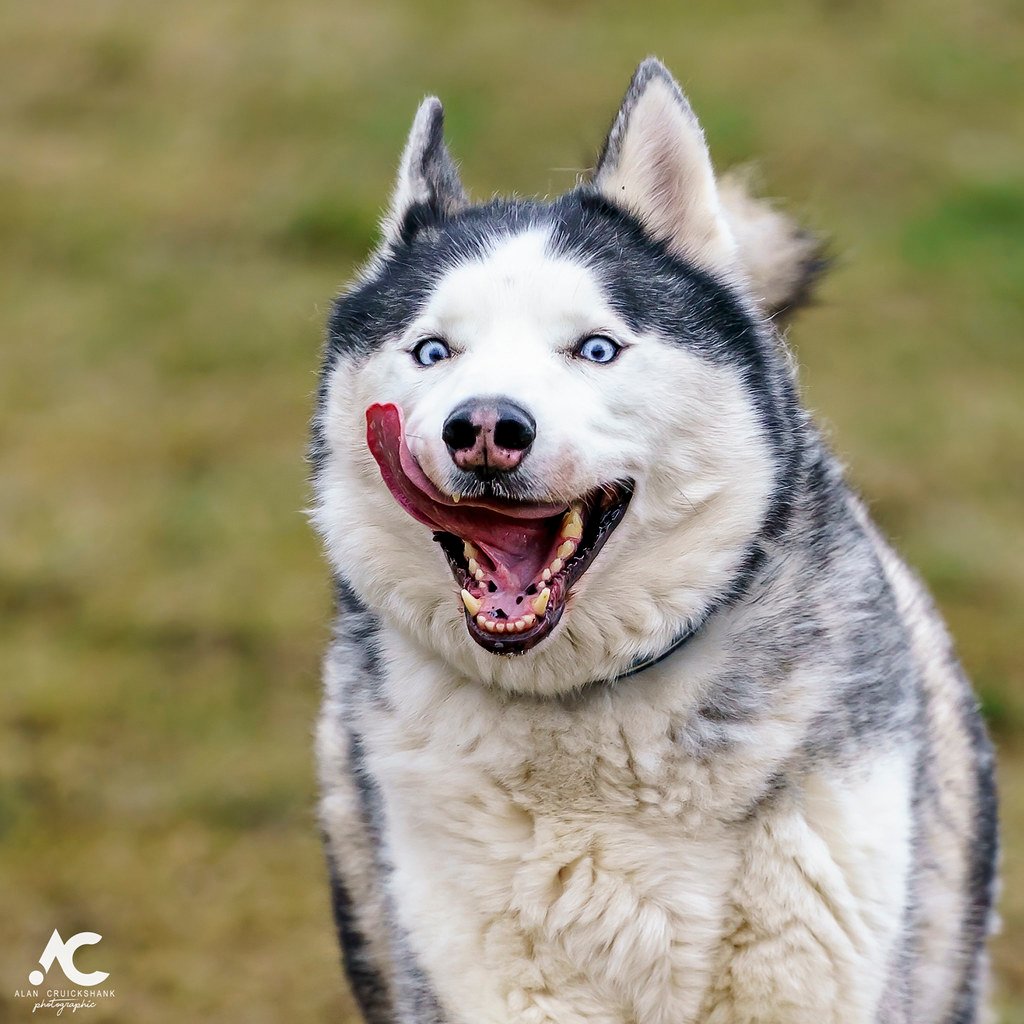
These stunning dogs were bred to run for miles across frozen landscapes, so sitting around your living room all day is like asking a marathon runner to stay seated for hours. Both Huskies and German Shepherd are active breeds that are working dogs who need a job and a lot of exercise.
When a Husky gets bored, they don’t just chew your furniture – they might literally redesign your backyard or find creative ways to escape and explore the neighborhood on their own. Their intelligence combined with their working dog heritage means they need serious physical and mental challenges to stay satisfied.
Beagle: The Nose That Knows Trouble
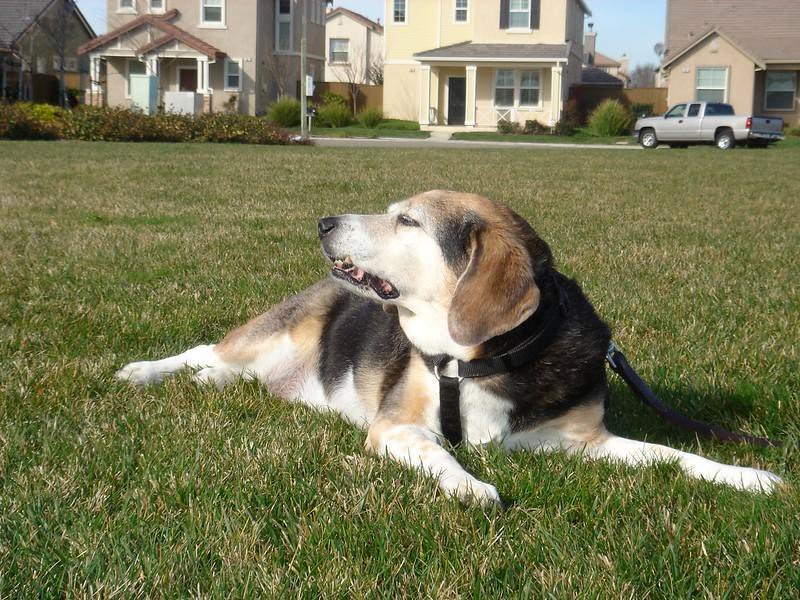
Originally bred for hunting, Beagles have a strong prey drive and an innate desire to explore their environment through their nose. When a Beagle is bored, they can become incredibly destructive, often engaging in behaviors such as excessive digging, chewing, and attempting to escape in search of new scents to follow.
Beagles are small, adorable, and full of energy, but their curiosity and strong sense of smell can lead them into trouble. These dogs are natural explorers and can become bored easily if not properly engaged. Boredom in Beagles often translates to destructive behavior, such as digging into couch cushions or tearing apart pillows. Their exceptional noses make them professional trouble-finders when left to their own devices.
Dalmatian: The Spotted Tornado
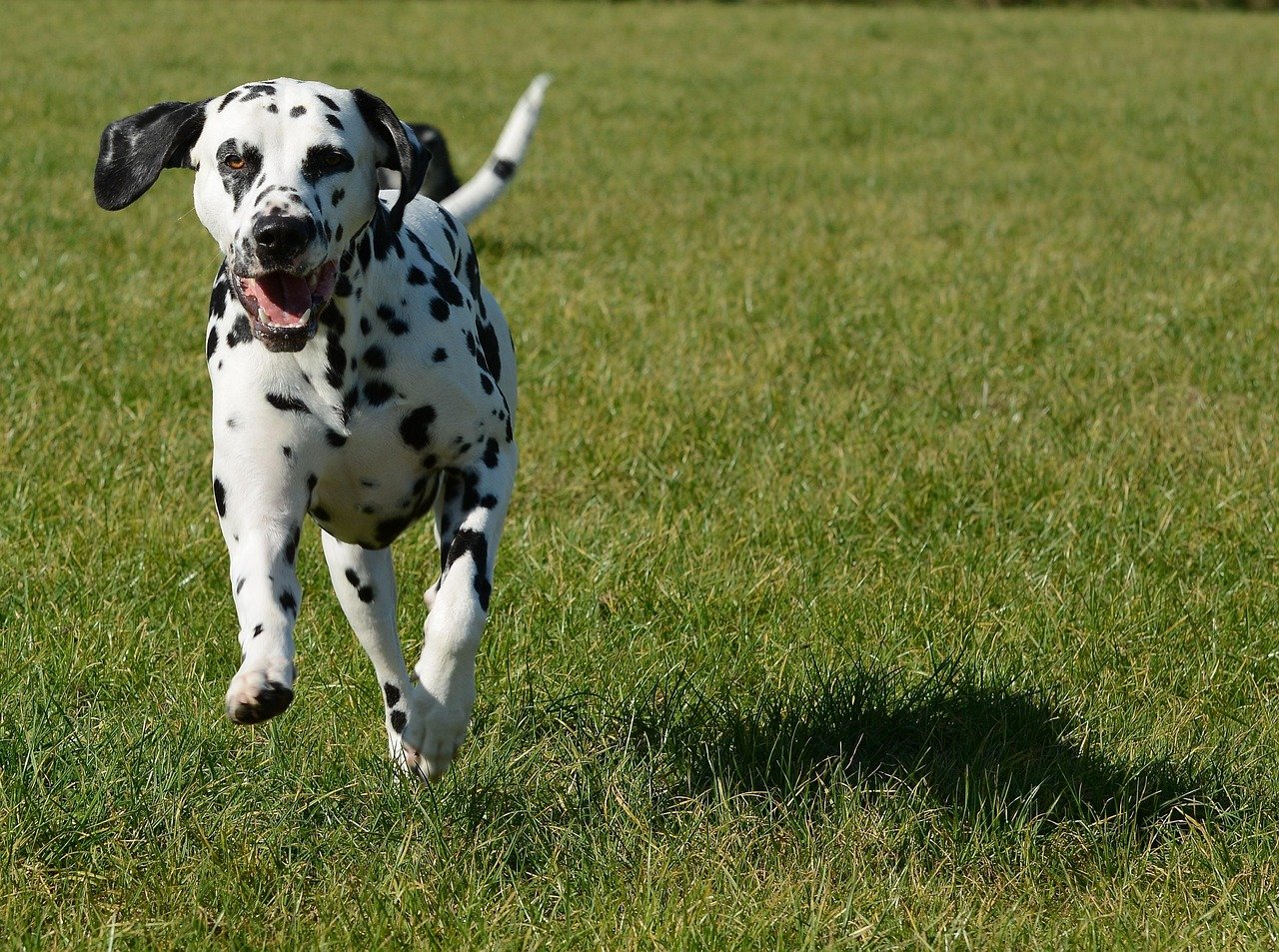
Dalmatians are famous for their striking spotted coats and history as firehouse mascots, but they are also known for their high energy levels and need for constant activity. Bred as carriage dogs, they were meant to run long distances and guard horses, which required both stamina and alertness. Dalmatians can quickly become bored and restless when they don’t receive enough physical exercise or mental stimulation.
This boredom can lead to destructive behaviors, such as chewing on furniture, digging up the yard, or finding ways to escape and explore independently. Dalmatians are also known for their intelligence, meaning they need tasks challenging their minds and bodies. These dogs were literally bred to run alongside carriages for miles – a daily walk around the block simply won’t cut it.
American Staffordshire Terrier: The Misunderstood Powerhouse
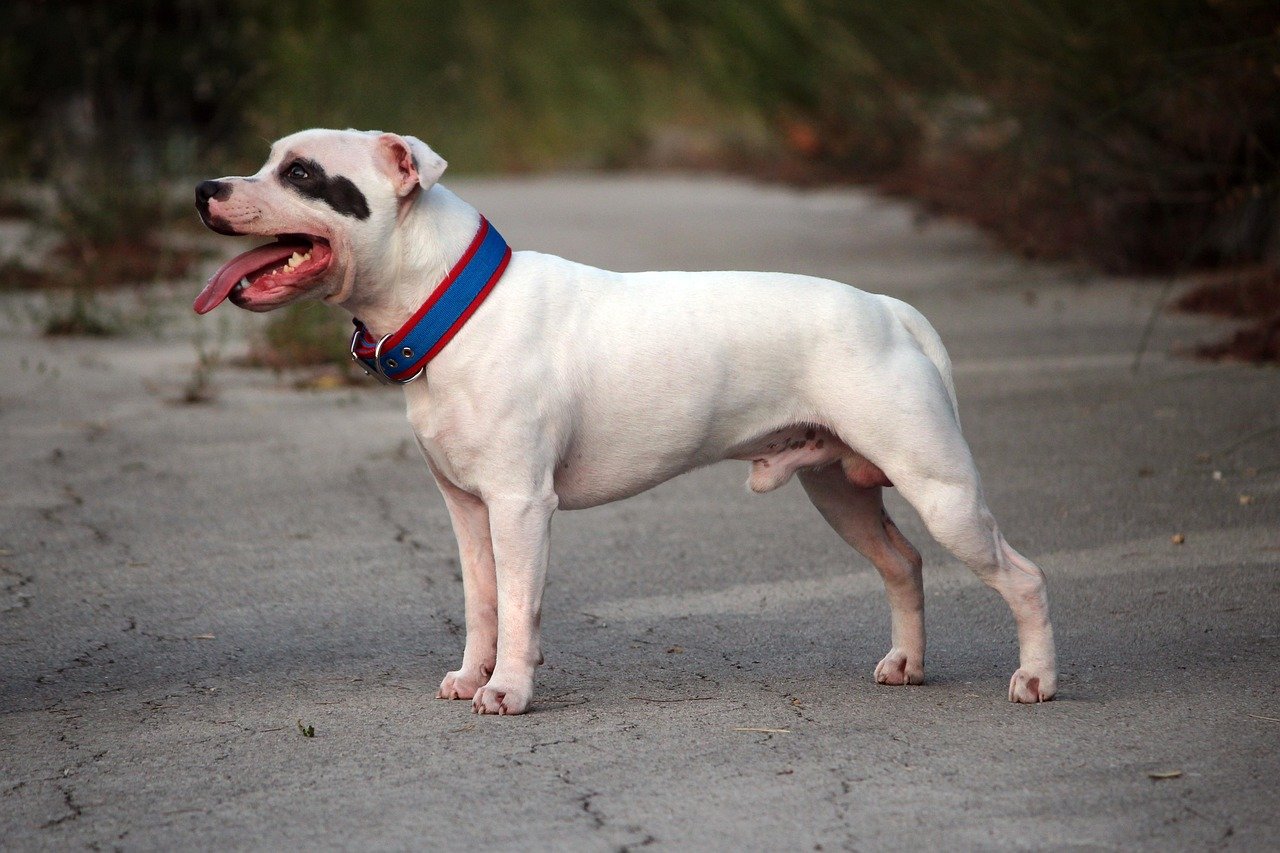
American Staffordshire Terriers are a fun-loving, happy breed, but they do have an appetite for destruction. Your Amstaff likes to chew either because he is bored or needs to burn off some energy. The best way to combat this problem is by making sure your Amstaff has access to a lot of toys to keep his mind and his mouth engaged in appropriate activities; otherwise, your furniture might bear the brunt of his attention.
What makes this particularly challenging is their incredible jaw strength combined with their intelligence. When an Amstaff gets bored, the destruction can be significant. However, The American Kennel Club highly prizes this breed for its “gameness” and tenacity. This is part of what makes them so driven to toy destruction. That same determination that makes them excellent working dogs can turn destructive without proper outlets.
Boxer: The Eternal Puppy

As an active breed, boxers have a low boredom threshold, which makes them more likely to help themselves to what they may view as a perfect chew toy. Not ideal if it’s your new pair of shoes! Make sure you keep them well stimulated, with plenty of mental and physical activity, and provide appropriate chew toys on top of training to ensure their love of chewing does not become destructive.
Boxers maintain their puppy-like enthusiasm well into adulthood, which is both endearing and potentially destructive. Boxers are playful and energetic, but their powerful jaws and playful nature can lead to destructive chewing. They often chew out of boredom or to release pent-up energy. Furthermore, their loyalty means they dislike being left alone, which can exacerbate the behavior.
Conclusion

The truth about these so-called “destructive” breeds is that they’re not bad dogs – they’re simply intelligent, energetic animals whose needs aren’t being met. Behind each chewed-up shoe or bit of shredded couch cushion appears to be a simple truth: dogs are smart, emotional beings, and their needs extend far beyond food, water, and a comfy bed. It’s natural to want to call a misbehaving puppy “naughty,” but it’s much more productive to consider their behavior a request for more attention, purpose, and engagement. Destructive proclivities generally have no roots in rebellion – they’ve just lost their way.
These breeds were developed for specific jobs – herding sheep, hunting foxes, pulling sleds, or running alongside carriages. In our modern world, we’ve often removed their purpose but not their drive. The solution isn’t to avoid these wonderful breeds, but to understand what they need and commit to providing it. Regular exercise, mental stimulation, proper training, and engaging activities can transform a “destructive” dog into the perfect companion.
Remember, a tired dog is usually a good dog, but a mentally stimulated dog is an even better one. Are you ready to give one of these amazing breeds the job they were born to do?

Andrew Alpin from India is the Brand Manager of Doggo digest. Andrew is an experienced content specialist and social media manager with a passion for writing. His forte includes health and wellness, Travel, Animals, and Nature. A nature nomad, Andrew is obsessed with mountains and loves high-altitude trekking. He has been on several Himalayan treks in India including the Everest Base Camp in Nepal.





